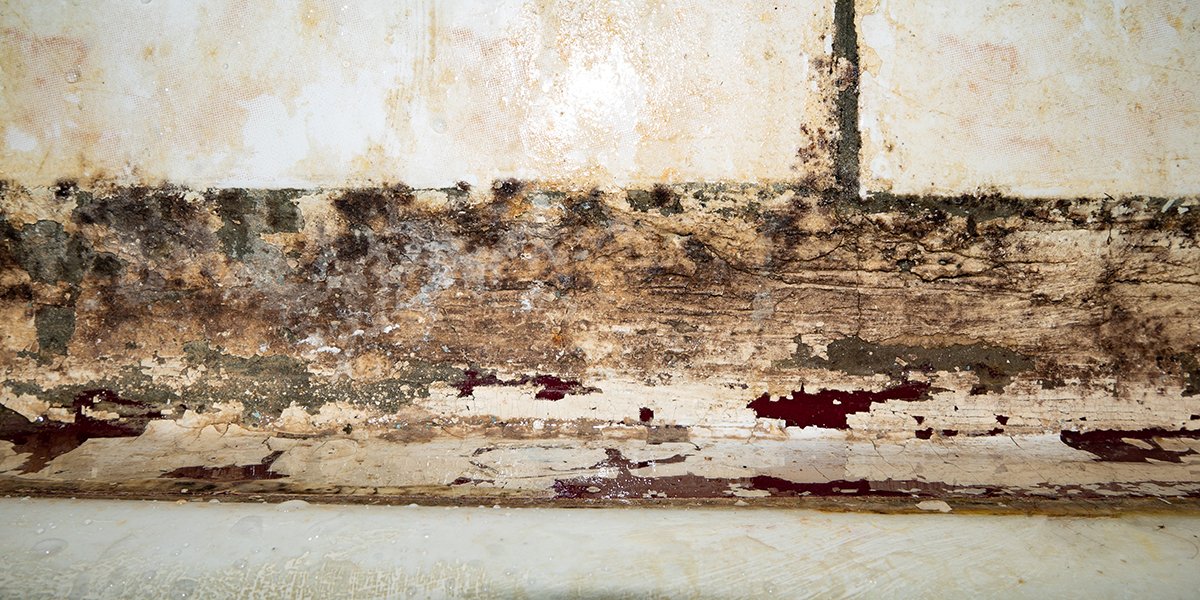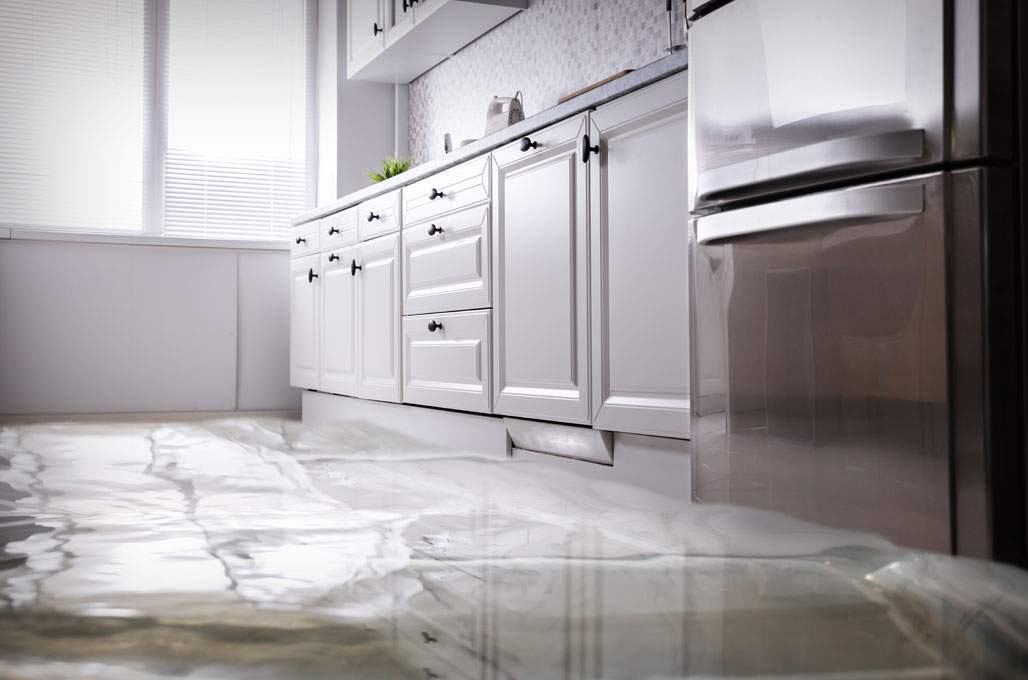The Process of Water Damages Clean-up: Guaranteeing Your Home Is Recovered Efficiently
Water damage can be a difficult difficulty for house owners, necessitating a organized and careful clean-up procedure to recover security and capability. A detailed analysis is crucial to identify the extent of the damages and determine the ideal removal actions. Following this, effective water removal strategies play an essential role in minimizing further injury. The nuances of drying out, disinfecting, and eventual reconstruction are just as important and commonly forgotten. Understanding these stages can make a considerable difference in the end result of your home's repair, prompting a closer look at what each step entails.
Assessing the Damages
Upon uncovering water damages, the initial step is to thoroughly assess the extent of the effect. This preliminary assessment is essential, as it assists figure out the essential actions for reliable cleanup and reconstruction. Begin by examining the impacted areas, consisting of wall surfaces, ceilings, floors, and personal belongings, to determine the source of the water invasion, whether from flooding, leaks, or condensation.
Recording the damage is crucial for both insurance coverage claims and planning repair initiatives - damage restoration services. Use photos and composed notes to catch the severity of the damages, keeping in mind any type of damaged architectural aspects and products. Pay special attention to locations that might not be promptly visible, such as behind walls and under carpets, as concealed moisture can bring about further issues, consisting of mold and mildew growth
In addition, examine the timeline of the water direct exposure. Inevitably, a comprehensive evaluation lays the foundation for a successful water damage clean-up process, ensuring that all influenced locations are resolved properly and extensively.
Water Removal Techniques

Specialists typically utilize submersible pumps for larger volumes of water, which can promptly minimize flooding in cellars or other affected areas. For smaller quantities, wet/dry vacuums are usually used to remove recurring dampness from carpets and tough surfaces. Additionally, making use of mobile extractors enables targeted removal in constrained areas or areas with fragile products.
In circumstances of contaminated water, such as sewage or floodwater, advanced removal strategies may include the use of biohazard equipment to make certain safety and security and conformity with wellness guidelines. High-powered extraction tools are vital in minimizing water retention in structural materials, which can cause mold development and structural wear and tear otherwise addressed quickly.
Inevitably, the effectiveness of water extraction techniques plays a pivotal duty in the total success of the water damage cleanup procedure, preparing for subsequent reconstruction initiatives.
Drying and Dehumidification
As soon as standing water has actually been effectively extracted, the following important phase in the water damages cleaning process is drying and dehumidification. This action is important to avoid further damage and mold development, which can happen within 24 to 48 hours in damp settings.
To achieve efficient drying out, specific tools such as industrial-grade air movers and dehumidifiers is employed. Air moving companies flow air across wet surfaces, improving evaporation rates, while dehumidifiers reduce humidity levels in the air, advertising a helpful environment for drying. The combination of these tools makes certain that dampness is attracted out from home furnishings, floorings, and walls, allowing them to dry thoroughly.
It is very important to monitor the drying out process carefully. Professionals often use dampness meters to examine the moisture content in numerous products, guaranteeing that all affected locations get to acceptable dry skin degrees. This thorough strategy aids to stop concealed moisture pockets that can result in structural damages or harmful mold development.

Cleansing and Sanitizing
After the drying and dehumidification phase is total, the next important action in water damage cleanup is cleaning and disinfecting the affected areas. This process is important to stop the growth of mold, germs, and other virus that grow in wet atmospheres.
The cleaning stage generally entails removing any particles, dust, and impurities from surface areas utilizing specialized cleansing representatives. For tough surface areas, a combination of soap and water or commercial cleaning items is frequently used. Soft materials, such as furniture and carpetings, may call for more comprehensive cleaning approaches, including steam cleansing or deep removal strategies, to ensure thorough cleanliness.

Sanitizing complies with cleansing, using EPA-approved disinfectants to remove unsafe microorganisms. This step is essential, especially in areas that might have entered into contact with floodwaters or sewage, as these resources can position significant health risks.
Additionally, it is essential to deal with any kind of remaining smells, which may call for the use of smell neutralizers or innovative methods like ozone treatment. Correct cleaning and sterilizing not just restore the safety and security and hygiene of your home however likewise lay the foundation for successful reconstruction and repairs in subsequent phases of the water damage clean-up procedure.
Remediation and Repairs

When the assessment is full, restoration efforts can begin. This normally entails fixing or replacing broken products, ensuring that all work abides find out here by regional building regulations and standards. If drywall has actually been jeopardized, it will certainly require to be removed and replaced with brand-new material. Furthermore, flooring may call for comparable attention, relying on the degree of water direct exposure.
It is essential to engage knowledgeable remediation experts throughout this procedure, as they have the know-how to handle intricate fixings effectively. They can aid alleviate prospective future problems, such as mold growth or architectural instability, therefore guaranteeing a habitable and safe living atmosphere. Ultimately, efficient repair and fixings restore the home's honesty and enhance its general value.
Final Thought
To conclude, the process of water damages cleaning is essential for restoring a home to its pre-damage problem. Each stage, from assessing the damage to executing effective water removal strategies, complied with by complete drying, sterilizing, and necessary repair work, plays a necessary duty in making sure safety and security and conformity with building standards. Reliable execution of these steps not only minimizes immediate damage however additionally boosts the long-lasting honesty and value of the residential property.
Water damage can be a difficult obstacle for property owners, requiring a Discover More thorough and structured cleanup process to bring back safety and security and performance. Ultimately, a comprehensive evaluation lays the groundwork for a successful water damage clean-up process, making certain that all affected locations are addressed efficiently and thoroughly.
Efficient water extraction strategies are necessary in mitigating damages and preventing further difficulties adhering to a water invasion event.In conclusion, the process of water damages cleanup is essential for bring back a home to its pre-damage condition. Each stage, from evaluating the damages to applying efficient water extraction methods, adhered to by extensive drying, sterilizing, and needed repair services, plays a crucial duty in making sure safety and compliance with structure criteria.